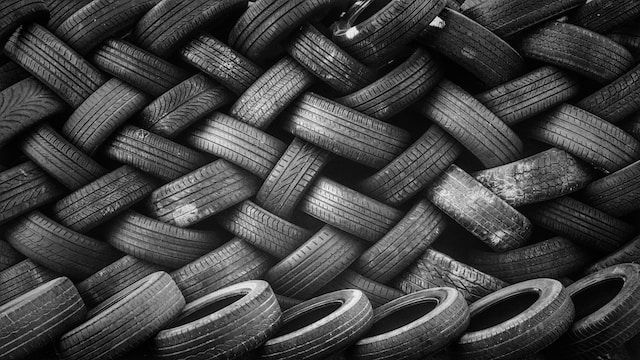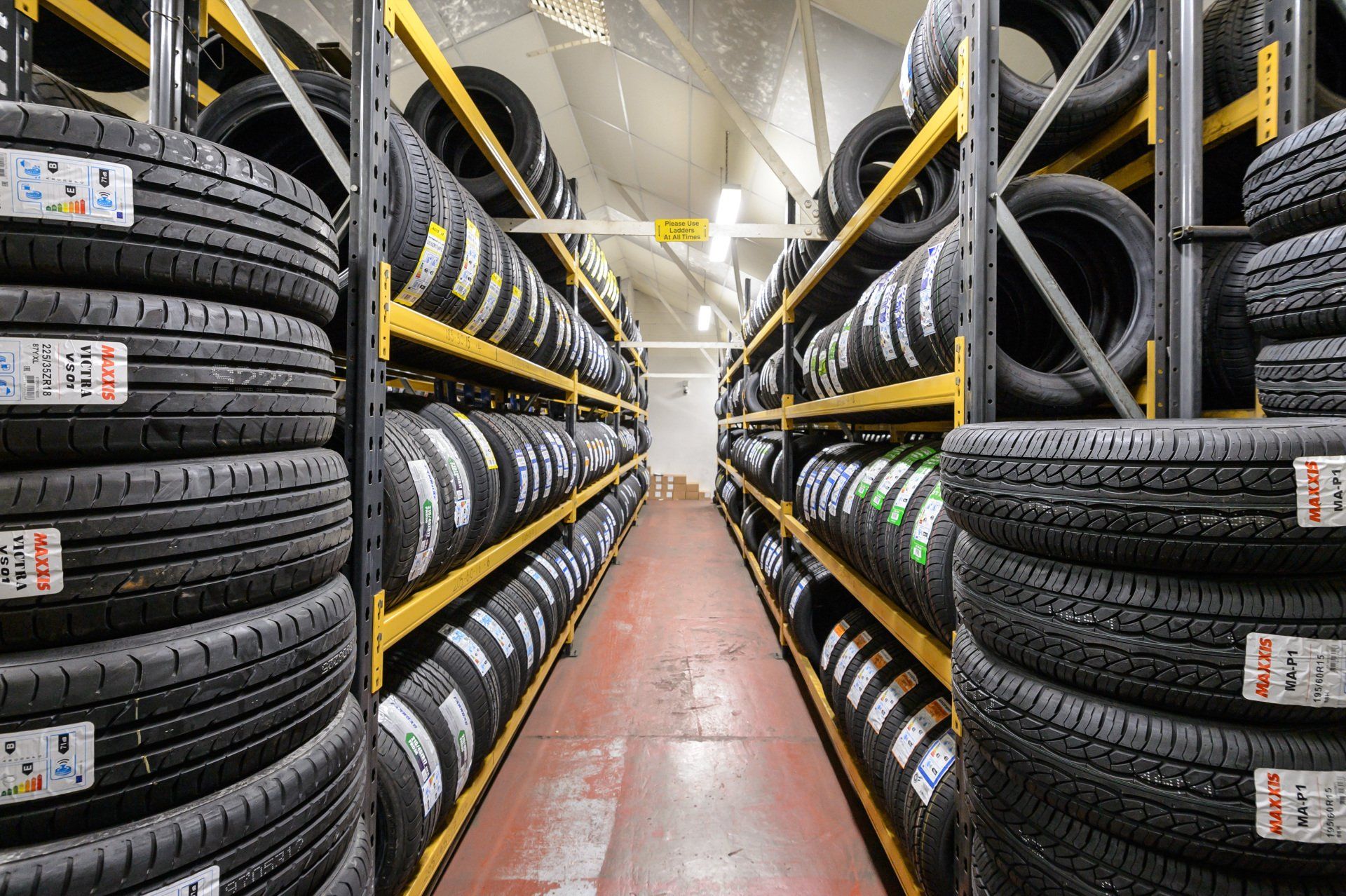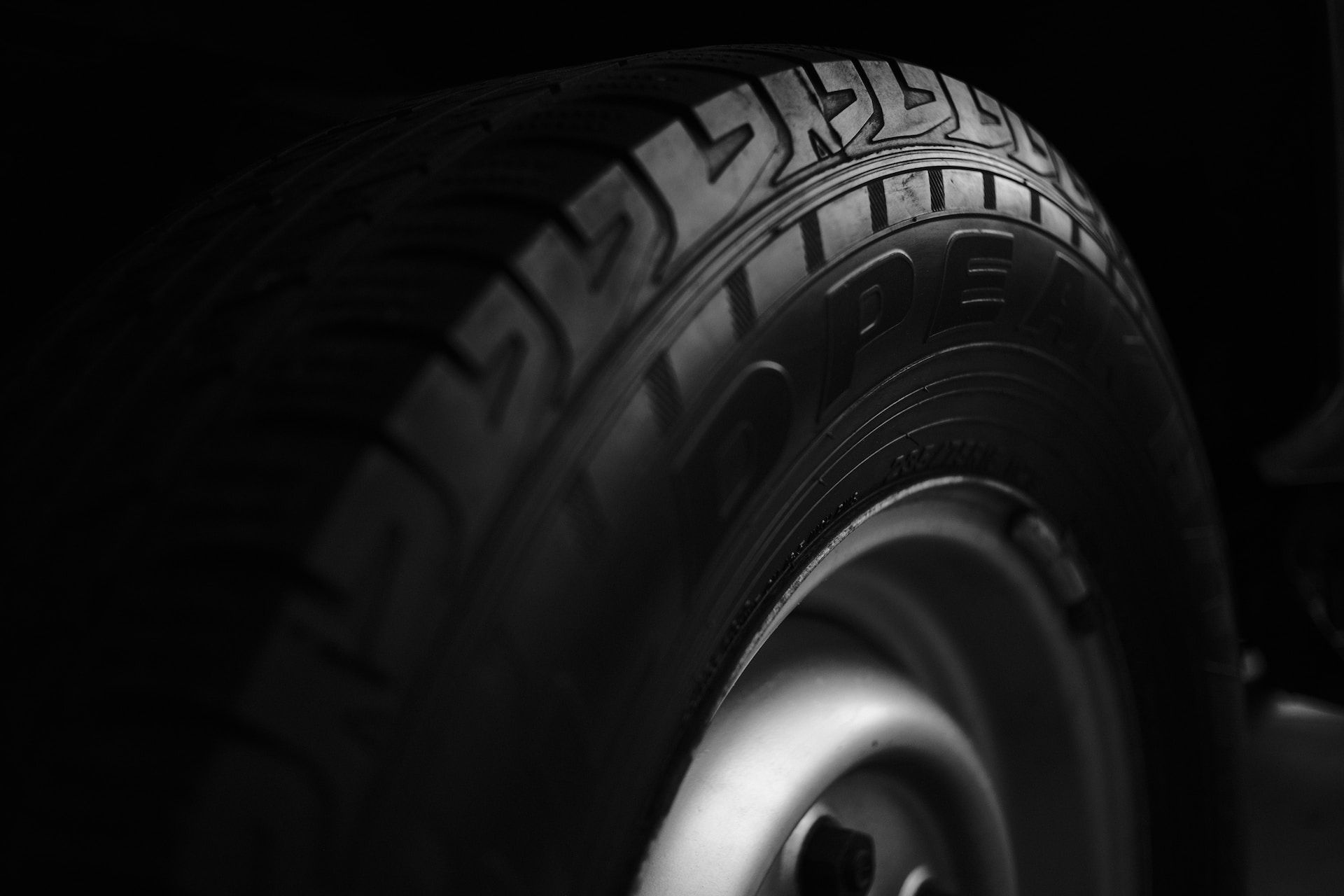Can you use Summer Tyres in the Winter?
Are Winter Tyres safe in the Summer?

With British seasons threatening to bring weather that is everything from scaldingly hot through wet and a bit miserable to downright hostile all within the space of a few days, British drivers often ask us “are summer tyres okay in winter?”
Because our weather is less predictable, with seasons coming on unexpectedly and climate change causing weather irregularities, weather fluctuations can catch us by surprise. But if you’re wondering ‘are summer tyres safe in winter’, the answer is - probably not. Read on to discover why not changing your tyres poses a risk - both to your safety, and to the longevity of the tyres themselves.
When should I change summer tyres to winter tyres?
Your local weather is the biggest variable here. If you’re living in more clement climes where a mild winter is the norm, and only expect to see a handful of instances of weather below freezing, all-season tyres could be a good all-round option for you.
If there’s any snow or ice at all, or the temperature has gone below freezing, then summer tyres are not the right choice. As soon as winter is on the horizon, it’s time to think of changing your tyres - to either winter tyres, or all-season tyres.
What types of tyres are there?
In the UK, garages tend to stock three types of tyres - summer, winter, and all-season. Each has material differences, and are most efficient - and safe - in their specific season.
- Summer tyres - these are the most efficient tyres in warm weather. They should be swapped out if weather is frequently falling below 7 degrees centigrade.
- Winter tyres - winter tyres offer a different type of grip and traction. These are the best option for weather regularly falling below 7 degrees.
- All-season tyres - these are a good option through warm weather and moderate winters. Winter tyres are a better choice if you face ice, rain, deep snow, and temperatures consistently below 7 degrees.
What are summer tyres and does my car have summer tyres?
Summer tyres tend to be the default choice for UK vehicles. These hard-wearing wheels work well year round, as long as winter conditions don’t get harsh.
Once the temperature falls below 7 degrees, summer tyres’ performance is severely hampered. They become less efficient, and could suffer freeze damage, compromising their integrity.
The benefits of summer tyres in summer:
There are reasons that summer tyres are the default offer in the UK. They are efficient and safe, as long as temperatures remain mild.
- Summer tyres have a firm tread compound. This offers a precision grip, on dry and also wet surfaces in mild to hot temperatures.
- Summer tyres utilise a more rigid material throughout. This makes them hard wearing and long-lasting, and they offer the best mileage compared to all-season or winter tyres because they provide less rolling resistance. That means they are likely to save you money on fuel.
- Summer tyres provide less rolling resistance. As well as saving you money, a lower rolling resistance improves handling and efficiency and minimises noise.
- Summer tyres offer a shorter braking distance. In weather ranging from mild through to hot, summer tyres offer the shortest braking distance, so are the safest choice.
The disadvantages of summer tyres in winter:
Their durable composition and rigidity means that summer tyres are not suited for ice and snow, and when the thermometer dips.
- Summer tyres offer poor acceleration. In winter weather, both winter and all-season tyres will outperform them.
- Summer tyres provide a longer braking distance. In the winter, the tread design and tyre compound of a summer tyre will suffer and your braking distance will lengthen.
- Summer tyres have low rolling resistance. In inclement weather, low rolling resistance results in longer braking distances and their shallow tread can’t dig into snow and ice like a winter tyre can.
- Summer tyres utilise a rigid material. In winter, the softer compounds used in all-season and winter tyres creates a product that is less vulnerable to frost damage. When a summer tyre is exposed to cold, its rigid rubber stiffens, so that even without any snow or ice, colder temperatures have decreased your tyre traction levels.
- Summer tyres have a risk of cracking. That rigid material isn’t designed for the cold. Built with less natural rubber than its winter and all-season counterparts, the summer tyre loses elasticity in the cold, and may crack or split, immediately compromising your tyre’s safety and performance, and the tyre must be replaced.
- Summer tyres have horizontal ‘sipes’ with less grip. Sipes, the groove or tread of the tyre, is critical for grip (you’ll know there is a legal requirement to keep a tyre tread of above 1.6mm to drive legally in the UK). Tread patterns are designed to ensure enough rubber of your tyre is in contact with the road to ensure traction, whilst balancing the tyre’s need to funnel away water. Winter tyres and all-season tyres offer a diagonal sipe pattern, which improves traction in snow and ice - important when considering stopping distances, and also when thinking about getting going in the first place, as the shallower tread is liable to compact the snow upon impact rather than digging in, making the area of snow the tyre is in contact with even more slippery.
- Summer tyres aren’t right for winter. Driving with summer tyres in winter conditions may be considered ‘improper use’, in which case your warranty will be unlikely to cover any resulting damage.
What are winter tyres?
Adapted specifically for colder weather, winter tyres mitigate the drawbacks of the summer tyre for the winter season. Constructed to bite into snow and ice, and channel water and slush away from the tyre, they also reduce your risk of slipping or aquaplaning, and are less likely to incur damage because of the composition of their rubber compound. To the naked eye, the tread is deeper and set on a diagonal.
Why would I use winter tyres?
Winter tyres are the safest option for cold weather driving and have been created especially for efficiency and safety.
- Winter tyres have a softer tread compound. In cold weather, the tread remains flexible, ensuring it doesn’t crack like a summer tyre may, and ensuring the maximum grip and precision in your drive.
- Winter tyres have diagonal ‘sipes’. These efficiently clear water and slush away from the tyre to ensure better connection with the road.
- Winter tyres have a shorter braking distance. In wintery conditions, their material composition as well as heavy shoulder blocks and wide grooves bring your braking distance down.
What are all-season tyres?
All-season tyres balance summer and winter options for tyres more fitting to weather changes which are sudden, and not severe. They are softer than a summer tyre and with a diagonal sipe pattern for winter traction and to deal with more rain. They aren’t fit for extreme temperatures, but fit the average UK climate well.
Why would I use all-season tyres?
All-season tyres balance the benefits of both winter and summer tyres, and so are a great middle ground, but are neither as good as summer tyres for summer weather nor winter tyres for winter weather. In dry conditions they don’t offer a summer tyre’s precision, and in winter they don’t handle corners like a winter tyre would, but they offer a consistent year-round drive.
Here at Ablefit Tyres & Exhausts, we know how to help you maximise your safety, comfort and efficiency on the road. Get in touch for tyre assistance today.










